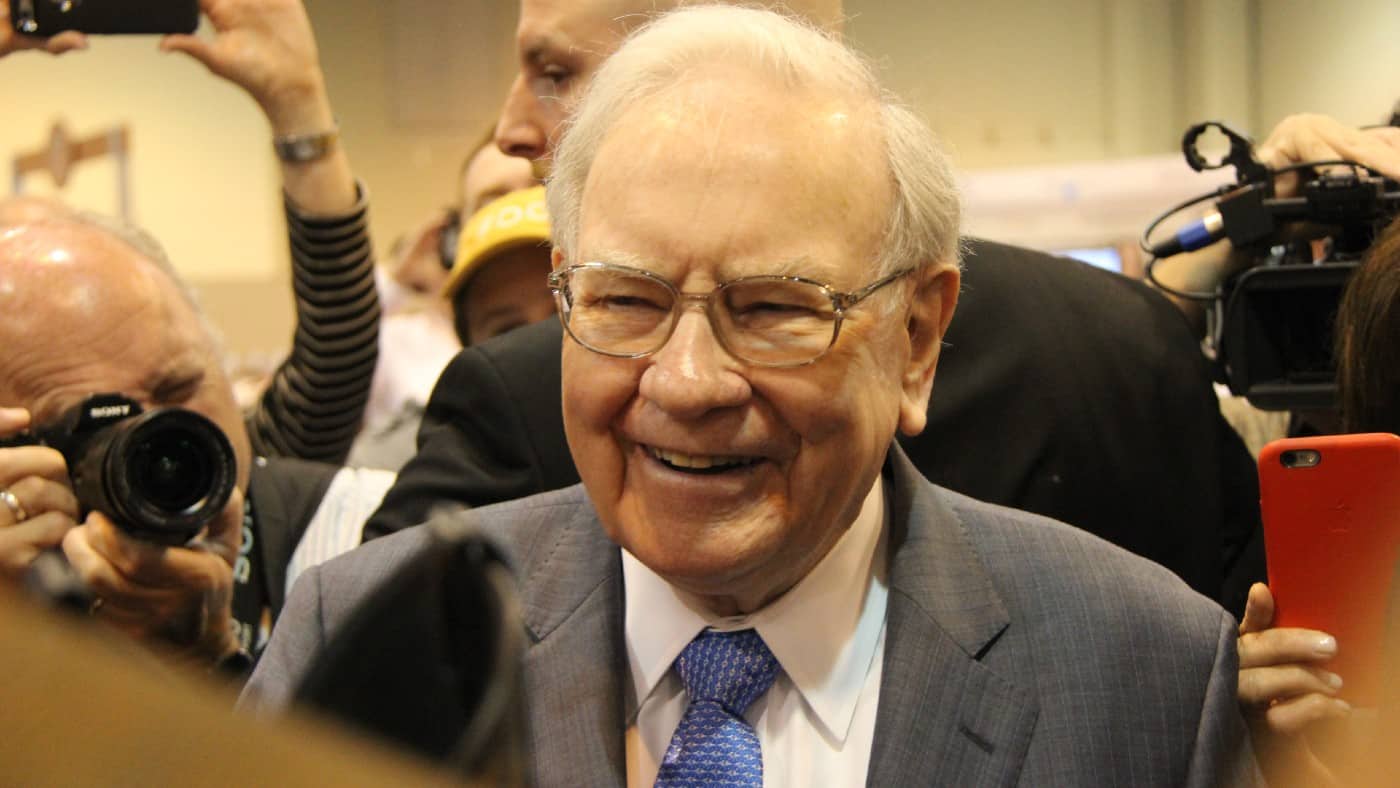Since 1965, now-billionaire investor Warren Buffett has steered Berkshire Hathaway into delivering an average annualised return of 20.1%. That’s almost double what the stock market has achieved! Yet despite his success, the method used to achieve such gains isn’t a secret. In fact, he’s been sharing it for years.
So what is Buffett’s method? And can I leverage it to generate a £1,000 monthly dividend income?
Using the power of compounding
Albert Einstein once said “compound interest is the eighth wonder of the world.” And I certainly would agree with him on that point. After all, it’s enabled patient investors to amass fortunes over the long term and lies at the heart of the Buffett investing approach.
The strategy is simple. Invest in wonderful businesses at fair prices. With the stock market having a bit of a tantrum lately, finding fair prices should be relatively easy today. But what makes a business wonderful?
With the gamification of investing and the allure of speculative trading, it’s easy to forget that behind every stock is a company. In the short term, share prices move like headless chickens. But in the long run, they always eventually normalise to reflect the underlying value of the business. In other words, stocks go up in the long run if the company delivers a strong performance.
No one really knows what the future holds for each company. But we can make an educated guess. An essential part of this process is understanding the financial statements. However, I think a more critical deciding factor of a winning stock pick is identifying competitive moats.
Looking at all the industry titans today, each one rose and, so far, retained their crowns by having an advantage over their competitors. This could be a technological edge, access to a unique resource, a strong brand, a vast intellectual property portfolio… the list goes on. In my experience, the groups with the widest moat, proven business model, combined with a product/service that has growing demand, often end up reaching the top. And may even outperform the stock market by a significant amount.
Generating a dividend income the Warren Buffett way
On average, the FTSE 100 index has generated a dividend yield of around 4% over the years. By picking individual high-quality stocks like Buffett, versus investing in an index fund, raising this yield to 5% shouldn’t be too much trouble, I feel.
If I aim for a £1,000 monthly dividend income, that’s the equivalent of £12,000 per year. With a 5% dividend yield, I need to have a portfolio worth around £240,000. That’s not the sort of money I can find down the back of the sofa. But by investing consistently and reinvesting any dividends received, compounding can do its magic.
It can take a long time to reach a quarter-million-pound portfolio, especially when starting from scratch. Not to mention that there are no guarantees. After all, share prices can plummet, and dividends can get cut, as we’ve seen in recent years.
But by applying the Buffett method to my income portfolio, I believe the potential long-term benefits justify these risks.
